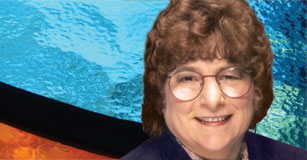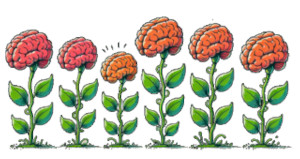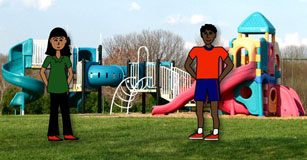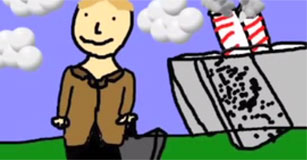50 Activities for 3rd Grade
Hands-on ideas to engage third grade students in meeting standards and learning goals through digital projects.

Fifty ideas for using a digital approach to help third-grade students meet standards and learning goals.
1. Design a superhero
Tap into students' passion for comics and superheroes by asking them to share some favorites. Then, ask them what qualities or "powers" make a great superhero.
Use an ID card approach to help them define their hero's identity.
Discuss as a class, and then ask each student to design their own superhero and explain how their traits make them a hero.
Explore a Design a Superhero lesson plan
2. Create an animal alliteration
Have students create an amazing animal alliteration - a short sentence in the noun—verb—noun format, such as "Birds build bubbles." Use a digital project tool, like Wixie, to have students illustrate and narrate their sentences.
Explore an Animal Alliteration lesson plan
3. Use emojis to write a story
Emojis started as a time-saving way to communicate emotions without having to type each letter, but have quickly become part of popular culture. Use your student's interest in emojis to encourage creative writing. If needed, provide them with a writing prompt.
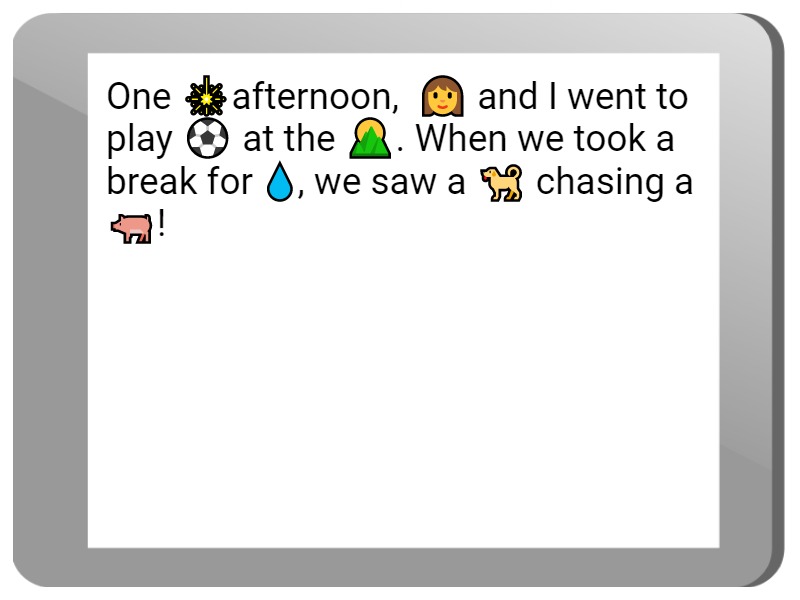
4. Homonyms, homophones, and homographs
Homonyms, homophones, and homographs make mastering English difficult, but they are also a fun way to engage students in learning the meaning of different words. Students can use a combination of imagery and voice recording in a creativity tool, like Wixie, to help them better remember and cement the meaning of these words.

5. Create an animal riddle
Encourage students to craft riddles that test other students' knowledge about animals. Students can select their favorite animal or use this opportunity to learn more about an unfamiliar animal.
Explore an Animal Riddles lesson plan
6. Create visual arrays
Creating arrays is a great way for students to visualize multiplication and see how it is repeated addition. Have students add or draw images of objects or scenes that have arrays and then create equations for the illustration.

You can also do a multiplication or an array scavenger hunt to capture images and even write word problems.
7. Write a haiku
Combine close reading and descriptive writing with visual haiku. Haiku poems are a 17-syllable verse form consisting of three metrical units of 5, 7, and 5 syllables. Haiku always contain a kigo (season word) to indicate the time of year.
Have students start with a photo as inspiration or write first and add visuals to enhance the meaning.
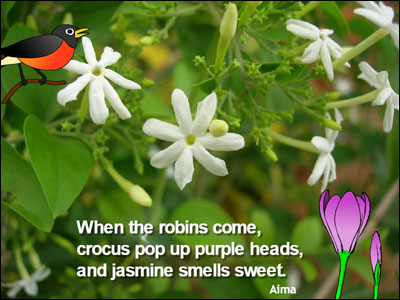
This spare form of writing forces students to choose words wisely. Share haiku and have students read closely to find the kigo word, as well as identify other highly descriptive words.
Explore a Harmonious Haiku lesson plan
8. Write a letter to or between characters in a story
Taking the perspective of a character in a story can help students understand their motivations and better comprehend their response to events in a story. Have students use stationery to write a letter to or between characters in a story.
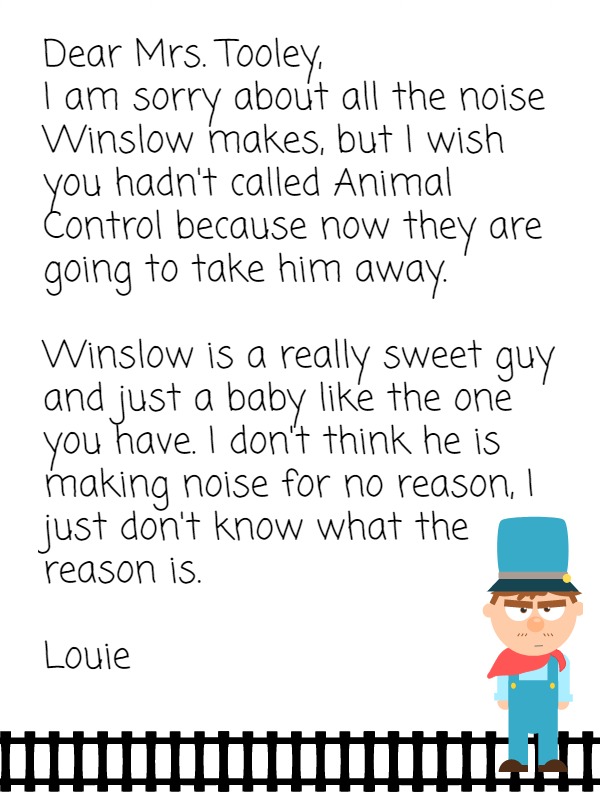
Give students a prompt that requires them to use evidence from text to justify their opinion or make an argument about it.
9. Publish fabulous fables
Students learn about beginning, middle, end, and parts of a story as they write, retell, or adapt a fable.
Explore a Fabulous Fables lesson plan
10. Make a map of your room
Combine map making and measurement skills by asking students to design a map of their bedroom or another room in their home. Use a grid background in a paint program so students can use the squares to show size accurately and make editing easier. Bonus if they include a scale!

After students understand how to map their own room, encourage them to design a dream bedroom!
Explore a How Does Your Garden Grow lesson plan
11. Paint with pointillism
Pointillism is a style of painting developed by Georges Seurat and Paul Signac that uses small, individual dots of color to create the illusion of shapes and images.
Challenge students to create paintings with pointillism. Digital art tools make it easy to change the size and color of the paintbrush as well as magnify to help students change the size, spacing and color of small dots to make a larger image.
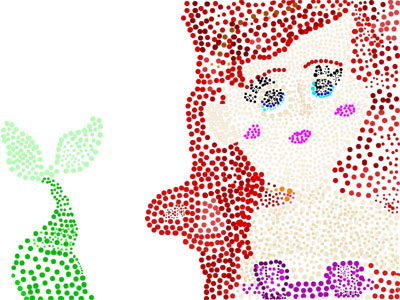
Explore a Paint with Pointillism lesson plan
12. Design a new book cover
Ask your students to create new covers for the stories they are reading. To design an effective book cover, students need to think about how they can use imagery to share knowledge of characters, setting and events in order to attract new readers.
Go even further, by asking them to design a complete book jacket — including a cover image, a plot summary, a book review, information about the author, and quotes or teasers from the story.
Explore the Design a Book Cover lesson plan
13. Interview an animal
Kids love animals, so use this love to build research, questioning, and communication skills with an animal interview!
Sharing factual information in story form helps students avoid simple repetition of facts or direct copy and paste.
Explore an Animal Interview lesson plan
14. Design an Arcimboldo-inspired self-portrait
Giuseppe Arcimboldo is an Italian Renaissance painter known for his portraits of people that use objects like fruit and books. Challenge students to create Arcimboldo-style self-portraits by combining clip art images in an imaging tool.
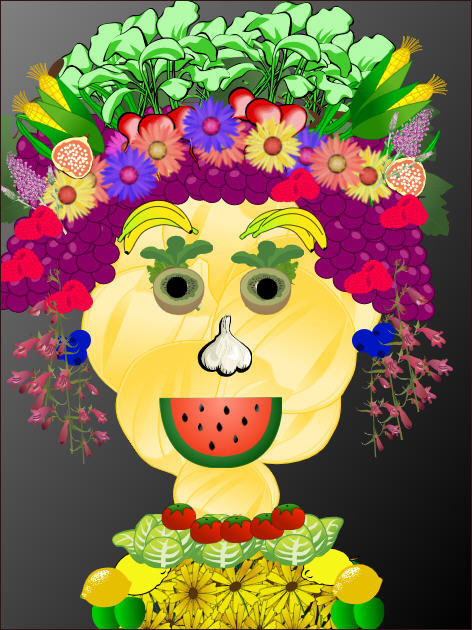
Explore an Arcimboldo-Inspired Self-Portraits lesson plan
You can also tie this project to writing by asking students to describe themselves, or a friend, using similes. Then, use the objects in these similes to create the self-portrait.

15. Create a trait map with evidence
Have students recall, retell, and share text, images, and voice narration about a character's physical traits, feelings, and actions using a trait cluster. Students can also connect evidence from the text to each trait.

16. Create a community field guide
Ask students to go outside, or even look out a window, and simply observe the plants and animals there. Have them find a plant they find beautiful or an animal that interests them. Use a digital paint program to have them sketch their object and add text labels and insights about what they notice.
Students can then use their observations and sketches, along with a field guide, to help them identify the species if they don't know what it is. They can add additional information or notes to create a field guide for other species that live nearby.
Explore a Fantastic Field Guides lesson plan
17. Write your own version of A. A. Milne's "When I was One" poem
Read "The End" a poem by A. A. Milne, who you know from Winnie the Pooh.
When I was One,
I had just begun.
When I was Two,
I was nearly new.
When I was Three
I was hardly me.
When I was Four,
I was not much more.
When I was Five,
I was just alive.
But now I am Six,
I'm as clever as clever,
So I think I'll be six now for ever and ever.
Use a "When I was (age)" template and have students finish each line and illustrate their poem.
18. Create a character coat of arms
Small, but mindful, changes can move a task beyond remember and retell. For example, replace a typical character trait cluster assignment with the task of developing a coat of arms for a story's protagonist that represents traits of the main character.
Creating a coat of arms provides students with an opportunity to think about objects, colors, symbols, and mottos that reflect a character's personality, passions, strengths, and experiences.
Wixie has a Coat of Arms template that makes it easy to add color, text, and images to show comprehension.
19. Create a future digital footprint
Have students showcase the digital footprint they want to have in the future.
Let students creatively brainstorm and then show examples of social media posts and headlines they would like others to see when they search for their name in the future.
20. Create a book bento
Have students create a book bento to retell important details about a text or to visually celebrate their favorite title. Find a bento box background, like this one in Wixie. Then, have students arrange images about the book and add hyperlinks for an interactive collage.
21. Craft a concrete poem
Concrete poems are poems where the words are arranged in a shape that reflects the topic of the poem. Because creativity, presentation, and productivity tools let you resize, move, and rotate text easily, they make it easy to move text to create a desired shape.
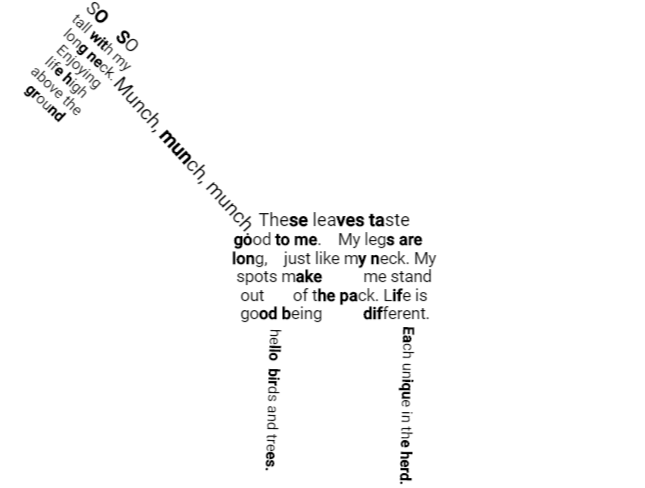
Ask students to write a poem in small phrases or stanzas. Then, use the font, size, color and rotation options to use it to create a larger image.
22. Design an Animal Diary
Have students use personification to write a diary for an animal that teaches others about its unique physical characteristics, behaviors, and adaptations.
Explore an Animal Diary lesson plan
23. Paint pop art
Share examples of Andy Warhol's work and then discuss the idea that mass-produced products from everyday life can be inspiration for art and the object of art itself. What objects do they find or use today that have their own beauty?
Many art and social media tools have filters or color options. Ask students to use clip art of common objects, like the Wixie example below, or capture a photo with their phone.
Students can then duplicate the image and apply filters and color options as they create Warhol-esque repeating images.
24. Create an ABC's of...
After researching and learning about a topic, have students use an A-B-C format to share knowledge they have learned.
Assign individual letters to students and combine into a class project.
Explore an ABC Book lesson plan
25. Celebrate culture
Creating a safe and respected community culture in your classroom is essential. Have students complete and share a culture poster about themselves, including where they are from, family traditions, and more.
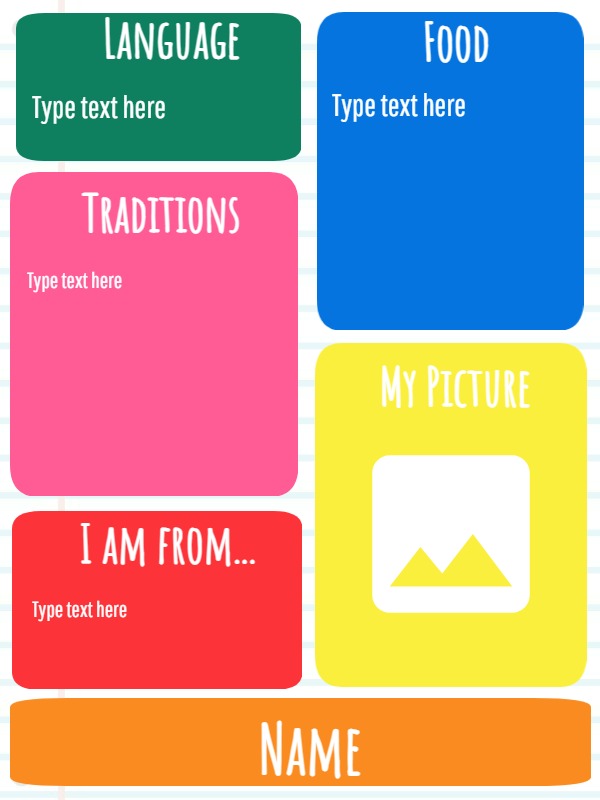
26. Write your own word problems
Have students use a paint or image program, like Wixie, to draw models that help the viewer (and themselves) visualize quantities and relationships in word problems.
27. Create comics
Comics and cartoons are a great way to engage students in the stories they are reading and the information they are researching and exploring. Have students create comics for a fun way to practice narrative writing, retelling, sharing understanding, teaching others, raising awareness, and more.
Explore additional ideas and lesson plans for creating comics
28. Create a creature
Ask students to use what they know about plant and animal adaptation to create a new animal species. Combine features from animals you know and use a tool like Wixie to design the animal.
Have students create a report-slideshow-video to introduce the species to the world, sharing its physical adaptations, daily habits (behavioral adaptations), predators, and prey.
Explore a Create a Creature lesson plan
29. Design a habitat snow globe
Most students have, or have seen, a snow globe at home or at a tourist attraction. Ask students to design a snow globe to showcase the animals and plants in a particular habitat.
Explore a Create a Creature lesson plan
30. Publish a brochure for your neighborhood
What makes where you live special? Our families choose places to live based on economics, weather, family, geography, and culture.
Have your students talk to their parents about why they chose to live where they do. Encourage students to walk their neighborhood, take pictures, and use what they learn to create a brochure to let others know about the unique place they live.
31. Tell a data story
Read or watch Five Creatures by Emily Jenkins. This story describes a family with five creatures, comparing features between them in many different ways.
Have students collect data for five creatures in their home and use this data to write their own five creatures story!
Explore other books that make for great literature adaptations.
32. Draw with symmetry
Challenge students to draw using symmetry options in a paint program like Wixie.
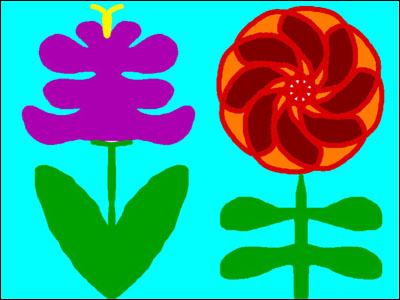
For example, ask them to create a spring scene with different flowers or a butterfly. Students can use both mirror and radial symmetry options.
Explore a Line Symmetry lesson plan
33. Visualize idioms
Ask students to illustrate and translate the meaning of an idiom to apply their learning and help others learn the meaning of this form of figurative language.
Explore an Idiomatically Speaking lesson plan
34. Design a how-to book or presentation
What can your students teach others? Procedural writing is an excellent way for students to become experts in a topic and feel confident about their ability to share the information with others.
Begin with a sequence or flowchart to help students break down the process into each essential step.
Then, ask students to transform the flowchart into an instructional booklet or video.
To cement learning and inspire others, encourage students to closely examine the parts of a rule they struggle to understand or share the process of doing something they are passionate about.
Explore a Procedural Writing lesson plan
35. Give students project choices
When every student completes the same task, like creating a trading card or comic, project work is easier to manage. While this is effective, students also thrive with choice!
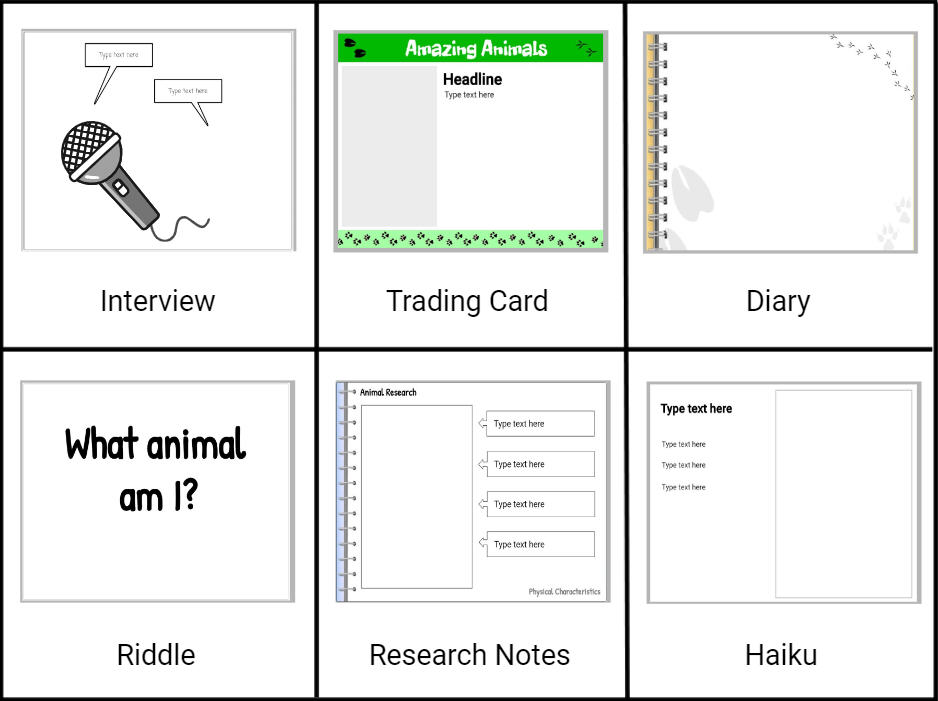
Create a choice board or task your students with sharing their learning in the medium they choose.
36. Send a thank you card
Practicing gratitude can have a big effect on our happiness. Empower students to show their gratitude by writing a thoughtful letter to someone for a gift they appreciate. Remind them gifts can be objects like clothing (material), but also things like friendship and support (immaterial).
Students can always print the message, but if they share digitally, they can record their voice and/or create a video, making it even more personal and special.
37. Plan a class party
Planning the details for a party, including needed space (measurement) and a budget (calculations), requires students to practice and apply math and argument skills to a real-life scenario.
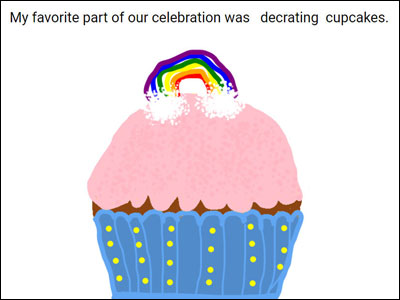
Explore a Plan an Event lesson plan
38. Take a brain break
When the mind needs a break, a creative activity can help. Use a digital art tool to sketch or simply play a digital game.
Remember scratch art? Wixie has a collection of pages with a variety of backgrounds students can "scratch" using an eraser tool.
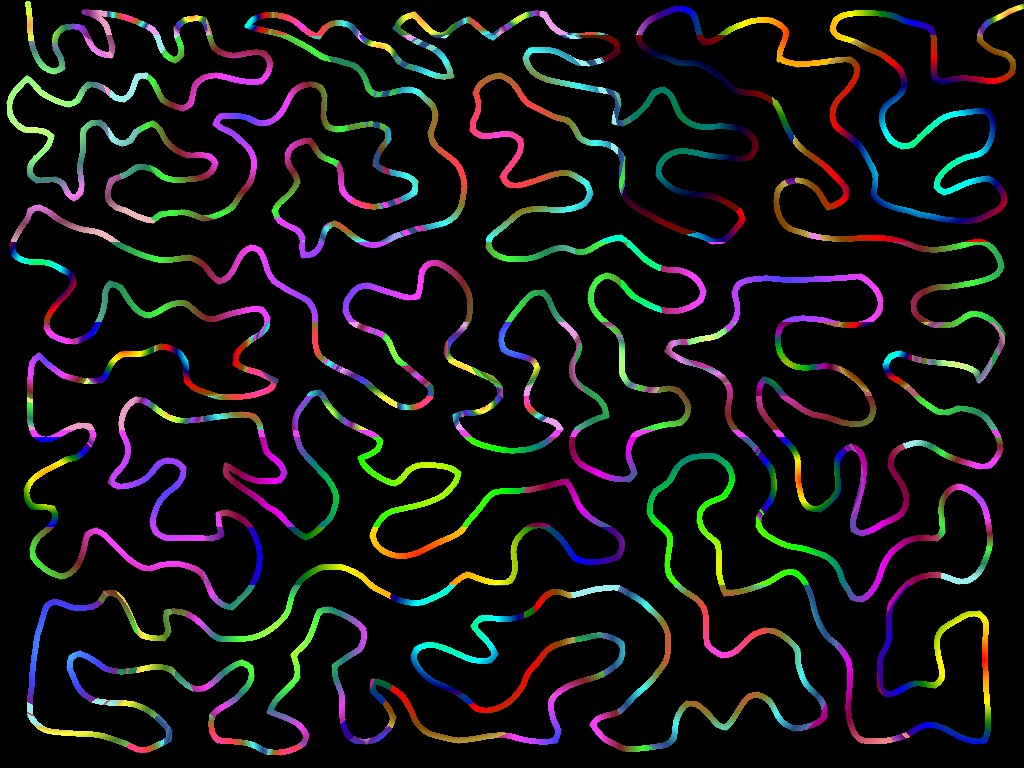
39. Design a school garden
Put students in charge of the design (and maintenance) of your school garden. Give them an empty pre-made bed or the location at your site where one can be constructed.
Students organize the plants into the allotted space, craft a presentation of their garden design, as well as write care and maintenance instructions.
Explore a How Does Your Garden Grow lesson plan
40. Invent it
Many inventions, like Velcro®, mimic nature or apply scientific principles in new ways. After studying simple machines, ask students to take one or more simple machines and combine them as they invent a product that solves an everyday problem.
To help students deepen understanding about how an invention applies a scientific principle, have them pitch their product in an invention ad.
41. Survey peers
Capturing, analyzing, and communicating data is essential for success in our information age. Maximize opportunities for your students to create, give and display the results from surveys they create.
42. Tour the solar system
Plans are already in place for commercial tours into our planet's atmosphere, and the entire solar system is bound to be next.
Have students showcase knowledge of the solar system by creating a virtual tour or promotional materials that describe what one might see on a trip through space.
Explore a Visit Our Solar System lesson plan
43. Create vocabulary trading cards
Have your students create a vocabulary trading card for each new word they learn. Digital tools make it easy to design vocabulary templates for students to combine text, image and voice narration for a multimodal approach.
Tools like Wixie allow you to print multiple pages onto one sheet of paper, so students can cut and share with classmates.
Explore a Visual Vocabulary lesson plan
44. Design a miniature golf hole
One could argue that there is no more authentic math calculation than determining the area and perimeter. Give it a fun spin by asking students to design their own miniature golf holes.
Students need to learn how to partition areas to correctly estimate the cost of wood (to surround the perimeter) and the artificial turf (area of green).
Have students share designs with peers, choose favorites, and work up a course design to present to the parent association for a fun carnival activity.
45. Fracture a fairy tale
Following a model can make writing less intimidating. Read several fairy tales with students discussing common elements like forests, 7's, and magic. Then, have students rewrite, illustrate, and record own version of favorite fairy tale.
Depending on their level, have students retell, modernize, or even write their own original tales.
Explore a Modernize a Fairy Tale lesson plan
46. Become the masked reader
Take a clue from the Masked Singer television show to make reading fluency practice less stressful and way more fun.
This is especially helpful for ELLs and struggling readers since they can practice, record, delete, and try again to produce their best work. Their work can also remain completely private if the reader is not unmasked.
47. Produce safety PSAs
Public service announcements are a great way to get students to back up claims with evidence and practice argument writing without conflict.
Helping other students practice safely crossing the street, eating healthy, and even just acting nice are easily within the reach of emerging writers.
Explore a Halloween Safety PSAs lesson plan
48. Make a mind map
Mind mapping is a powerful way for students to visualize connections between ideas, organize information, and brainstorm effectively. Creating a mind map helps students visualize and clarify:
- what is happening in each stage of a scientific cycle,
- how the traits and actions of characters in a story compare,
- the sequence of important events in a historical event,
- the hierarchy and connections of information they are learning.
Explore how to use the Mind Map tools in Wixie
49. Write a cycle story
Science doesn't have to be a list of boring facts or calculations. How does a drop of water feel as it evaporates or plunges down a gully after a fierce rainstorm? How does rock feel when it transforms into a liquid and is ejected from a volcano?
Ask students to craft a digital story that shares a science cycle from a first-person perspective!
Explore a Cycle Story lesson plan
50. Tell a tangram tale
After students have tried to solve tangram puzzles, read Ann Tompert's Grandfather Tang's Story where the main character rearranges tangram shapes to represent the characters and events as he tells a story.
Ask students to use tangram shapes to create their own tangram shape puzzle and tell a story about the shape. Then, combine into a class book and publish for friends and family!









